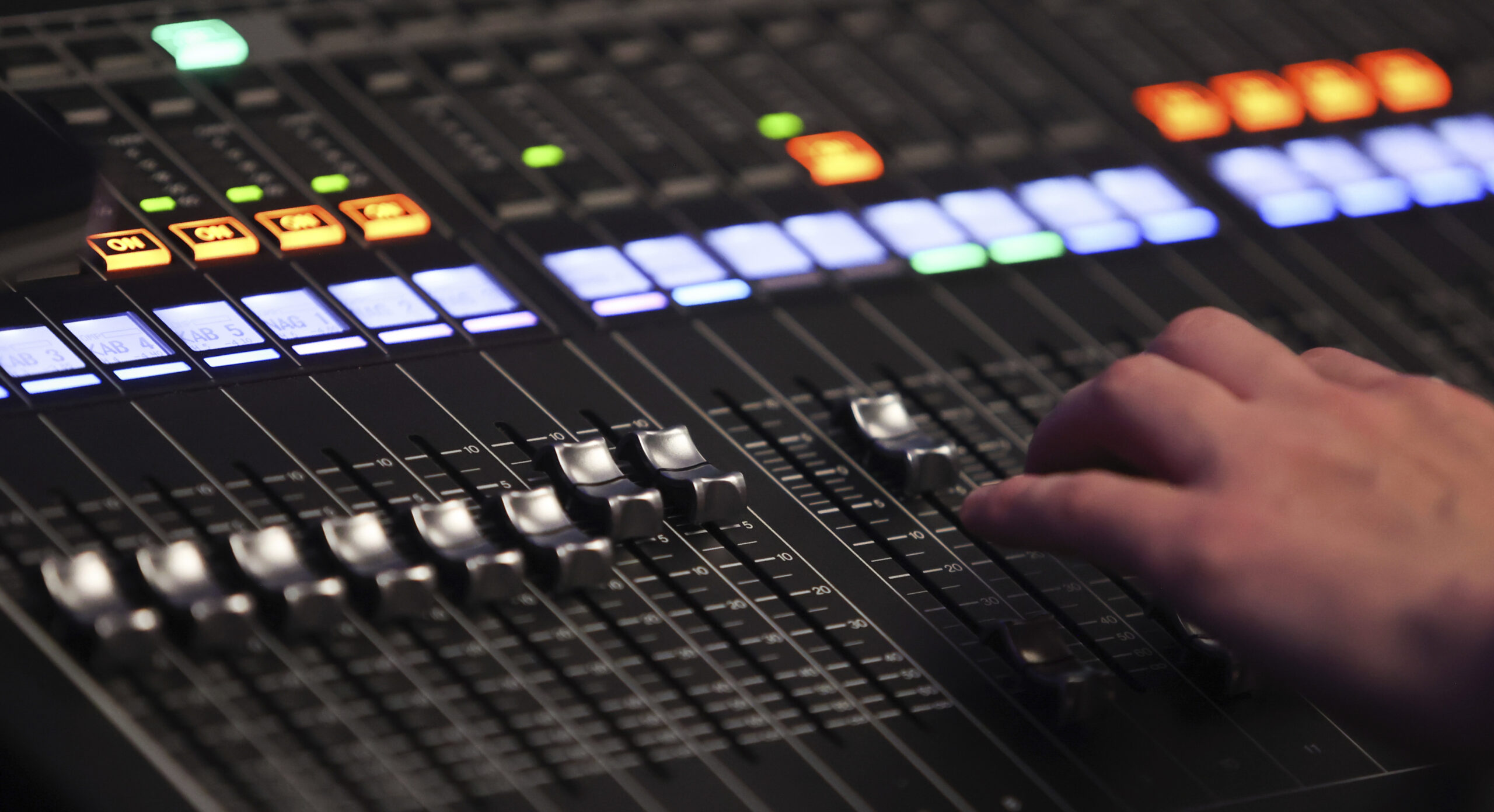It’s a familiar statistic: Approximately 2,500 local news outlets in the United States have closed in the past 20 years — a trend that has continued throughout the pandemic. But, in some of these “news deserts,” the places where papers have been hollowed out or shut down, the heartbeat of local news is holding on in a form that’s stood the test of time — local public radio. It’s cheaper. It’s familiar. And it has the support of a national network.
Yet, by and large, it hasn't been at the forefront of the conversation about saving local news. And that’s what Thomas E. Patterson, Bradlee Professor of Government and the Press at the Harvard Kennedy School’s Shorenstein Center on Media, Politics and Public Policy, hopes to change. He spearheaded a study, released in January, titled “News Crisis: Can Local Public Radio Help Fill the News Gap Created by the Decline of Local Newspapers?” that involved a survey of 215 National Public Radio member stations across the country. (There are roughly 1,000 member stations in total.)
Related Posts
The study found that most stations are well-positioned to be leading providers of local news in their communities — especially with additional funding to increase their local reporting capacity. And, with an increased digital news presence and a focus on reporting that really matters to communities, some could become the go-to, trusted source of news in “hard news” areas.
The next step is getting philanthropists to understand their critical role. Patterson talked with Nieman Reports about what that would take and articulated a vision for a healthy local news future — one that makes the absence of the newspaper on our doorsteps a little less stark. The conversation has been edited for length and clarity.
What’s at stake in communities without viable local news? And how could local public radio be an antidote?
What we've seen over the last couple of decades is a really sharp decline in local newspapers. Some have closed their doors, others have been hollowed out. And that's created a crisis at the local level in terms of the information that's available about the community. What we do know is that that information is vital to the civic health of the community. When it goes away, the studies show that voter turnout in local elections declines, [there’s] less accountability for local officials [and] more polarization.
Most often [the conversation has] been about: How do we bolster our newspapers? Interestingly, local public radio has not been a large part of that conversation. And what our study was designed to do was to see whether they should be part of that conversation and what would it take for local public radio to be a larger player, in terms of meeting communities information needs.
Why has radio been able to survive in some places when newspapers haven’t?
One thing is, it's less expensive. It costs a lot more to do a newspaper and television than it does radio. And there's a really wonderful network, this local public radio network, and it derives a lot of its programming nationally from NPR.
All media have lost trust, but local public radio less so than every other medium. So, it is kind of our most trusted source at the moment. It's not like a digital startup or you’re beginning from nothing and trying to build something. Local public radio has a relatively trusted brand in the community. It's a known commodity.
What are local public radio’s current limitations and what needs to happen to make it a robust local news source?
About 60 percent of [local public radio stations] have a news staff of 10 people or less. There's not much muscle on the reporting side. Actually, if you look at the content of local public radio, it's not all that local. Mostly, it's national news or national talk coming from the central providers. So, the fundamental challenge of local public radio is to beef up these news staffs to the point where they can be substantial conveyors of local news. Currently, more than half [of the stations studied] are not well positioned [to do so].
If you think about a community's information needs, you've got to be able to really cover that community in a pretty substantial way for you to become a place that people want to go to. If you have a very small staff, each new addition adds a lot to your reporting capacity. If we can boost the budgets of these local stations, the great share of that would and could go to local reporting.
Who should the funding be allocated to?
To me the priority would be these communities that are being underserved currently in terms of their local information, [where] basically the newspapers dried up or [are] drying up, and there really aren't good substitutes.
Now in some cases … there are very tiny stations in an area that doesn't have much population, then you end up with the question, is that where you're going to invest your money? [Or] are you going to go into somewhat larger communities where there’s equal need and basically the money goes further?
They're not all equally well positioned to be strong providers of local news. Some of them have an ownership structure that kind of limits what their possibilities or that kind of limit their creativity.
Your report says that “local stations cannot meet a community’s information needs — or expand their audience — without taking the community’s interests and values more fully into account.” What are some of those interests?
I think weather is a prime example. That happens to be the most sought-after single news item. [In] agricultural areas … you live and die by the weather. And then you get into a lot of communities that are very diverse. And you want your news to reflect the diversity of the community. To get local public radio to think more locally … [is an] important part of their being able to serve their communities better.
What needs to happen to mobilize funding for local public radio?
You look at the top 10 [corporations in the U.S. today] and who are they? It's Meta and Google and Amazon … and many of them actually are turning out to be extraordinarily good philanthropists. But local public radio has not been high on the list. One of the challenges is to get them to understand how important local news is to the civic health of our communities. And if that should happen, I think it's where the new money that's needed will largely come from.
If you could wave your wand, what would local radio look and feel like in ten years?
I don't think we'll ever go back to the place where there was one news organization that had nearly the whole of the community paying attention to it. I think to serve local information today, we need kind of [an] all-hands-on-deck model where local public radio is serving part of that community [and] maybe digital startups [or] what's left of the newspaper is providing some of the needs, and then you think about where local public radio could be in that mix. Maybe even in some communities [it’s] the most important outlet in terms of the quantity and quality of its news — not only on the on the radio side but also on the digital side so that when you want to find out what's happening in the schools or what the local sports teams are doing, what the local government is doing, your go-to “.com” becomes your local public radio station. They're not there yet, but [if] we give them more resources, they could get there in many communities.




